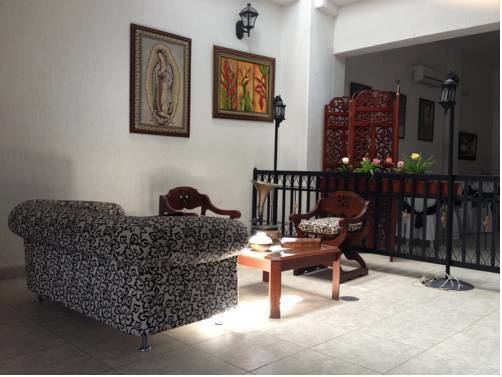Country Region Andean | Population 295,412 (2005) Area 1,553 km2 | |
University South Colombian University Mayor Pedro Hernan Suarez Trujillo | ||
Map of Neiva, Huila
Neiva is the capital of the Department of Huila. It is located in the valley of the Magdalena River in south central Colombia with a population of about 378,857 inhabitants. It is one of the most important cities in southern Colombia, mainly because of its strategic geographical location.
Contents
- Map of Neiva Huila
- Nuestras rutas neiva huila
- Imagenes y sonidos de neiva huila colombia
- History
- Geography and climate
- Economy
- Tourist attractions
- Education
- Air Transportation
- Culture
- Festivals and events
- Sports
- Sister cities
- Notable people
- References

Nuestras rutas neiva huila
Imagenes y sonidos de neiva huila colombia
History

Neiva was first founded in 1539 by Juan de Cabrera in an area now belonging to the municipality of Campoalegre. In 1550, Juan de Alonso y Arias relocated the city to the place that is now the municipality of Villavieja. At this location, the city was destroyed by indigenous tribes in 1560. The city was founded, at its actual location, for the third and final time in 1612 by Diego de Ospina y Medinilla.

Neiva became important during the colonial times because of its strategic location. It was located in the trade route that communicated the Viceroyalty of Peru with Bogotá and Caracas. The city was declared as the capital of the Province of Neiva, made up of the Neiva, La Plata, Timaná, Purificación cabildos. In 1905 the city became the capital of the newly created Huila Department, which had been severed from the Tolima Department by the national government.

In 1967, the city was hit severely by an earthquake of magnitude 7.2. The earthquake destroyed several buildings including the Palacio de las 57 ventanas, the Governor's building.
Geography and climate
Due to its location near the equator and its low altitude, the city has a hot annual average climate with daytime temperatures ranging from 88 to 95 degrees Fahrenheit. It is about 300 kilometers / 186.4 miles (about a five-hour drive) from the Colombian capital, Bogotá.
The city of Palembang in Indonesia is the antipode of Neiva.
Economy
Neiva is a distribution center for many consumer goods to the national economy such as rice, coffee, beef, milk, leather by-products and other agricultural products. Its annual agricultural fair held in May showcases horses, cattle and pork from local municipalities and other surrounding towns.
Tourist attractions
Throughout the city a tourist might enjoy the scattered city monuments, especially around the edges of the Magdalena River, where the local government has been maintaining the recently built sanctuary meant to safeguard the Magdalena from any pollutants and human produced contamination. Around this sanctuary there are parks and gardens usually crowded by locals and tourists who came to the growing city. The city can be reached by road travel, or by all major national airlines, coming to the Benito Salas Airport.
Education
Neiva is home to several universities which serve primarily Southern Colombia. Among the most important are the Universidad Surcolombiana, the Corporación Universitaria del Huila and the Universidad Cooperativa de Colombia.
Air Transportation
The Benito Salas Airport named after Benito Salas Vargas is located inside the city and serves domestic destinations.
Culture
The city is known as the Bambuco capital. José Eustasio Rivera, born in Rivera, is the most famous writer of a "pléyade" of creators that lived in Neiva (Regulo Suárez, Eustaquio Álvarez, Felio Andrade, Antonio Iriarte, Yezid Morales, Humberto Calderón, Jorge Guebelly, Luis Alberto Campos, Winston Morales, Jader Rivera, David Alberto Campos)
Festivals and events
This city is known for the Festival Folclórico y Reinado Nacional del Bambuco festivities held between the last two weeks of June and early July. During this time, there are daily parades through the downtown area and showings of the Sanjuanero, a folk dance, where the participants dress in a typical costumes and compete for being the best performers of the Sanjuanero choreography.
Sports
Soccer is currently the most popular sport in the city. The city is the base for the Atlético Huila club which competes in the top division of the Colombian professional football (soccer) league. The games are played at the Guillermo Plazas Alcid Stadium.
Basketball had historically a high popularity, although it has decreased in recent years. The cities Basketball games are played at the Coliseo Álvaro Sánchez Silva court.
The city has host important national and international sport events. For example:
The Colombian Football Association announced that Neiva will be one of the venue cities to host the 2016 FIFA Futsal World Cup.
